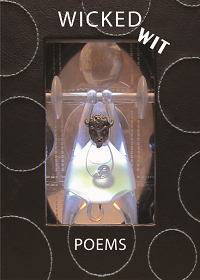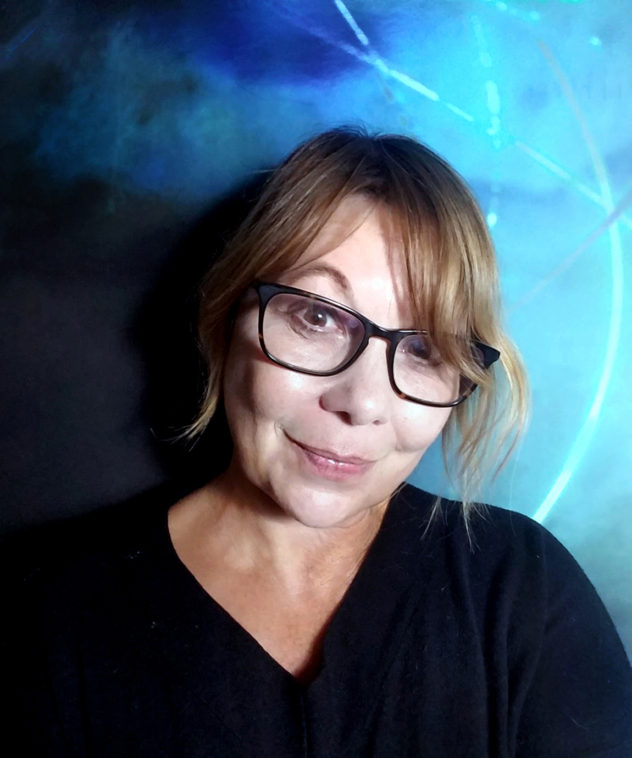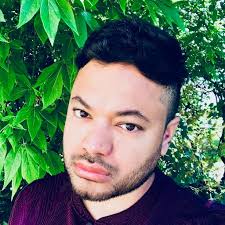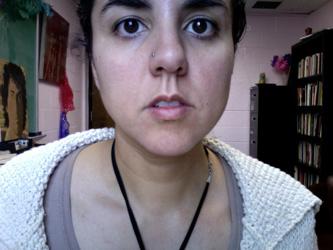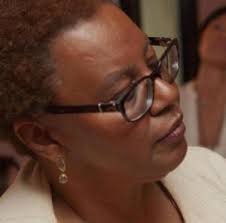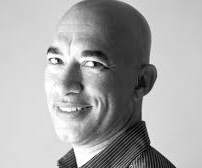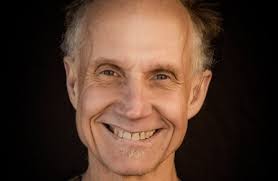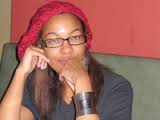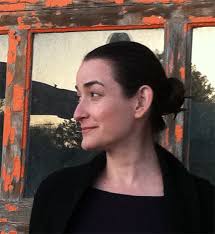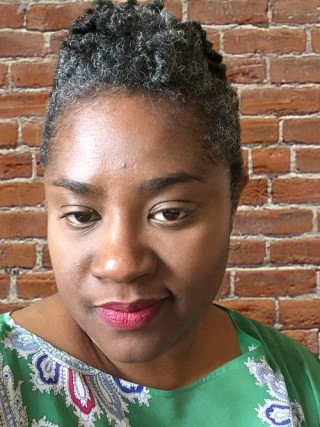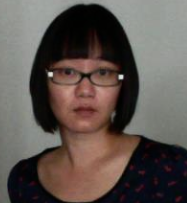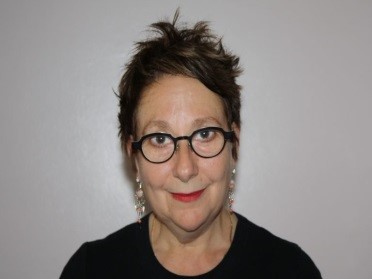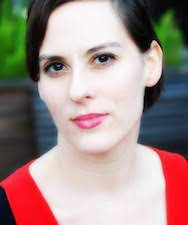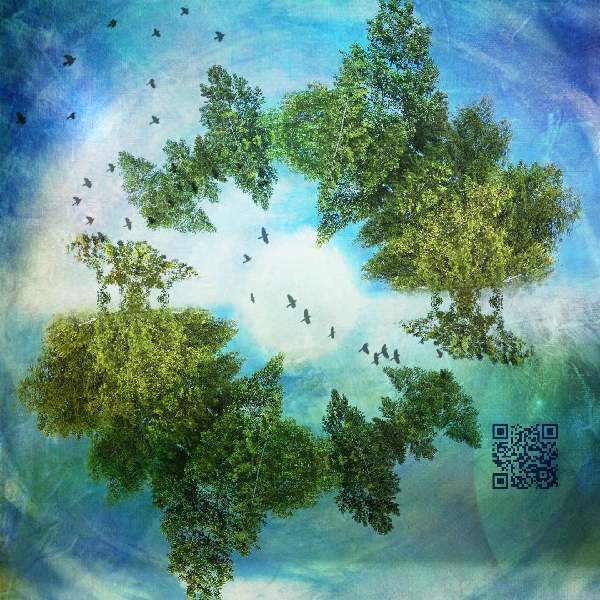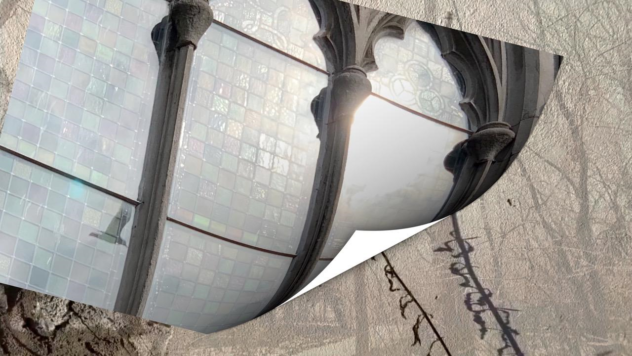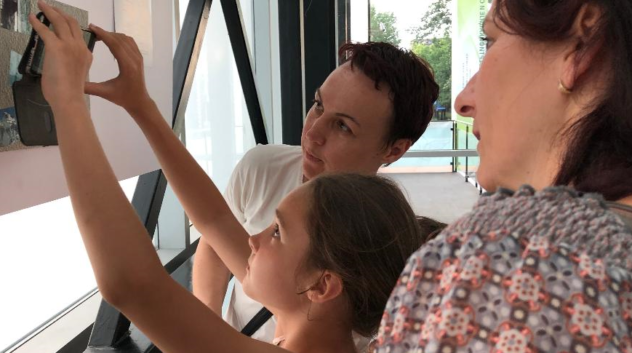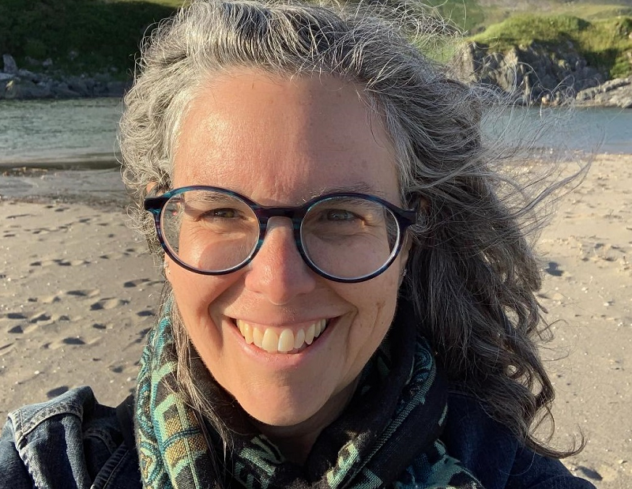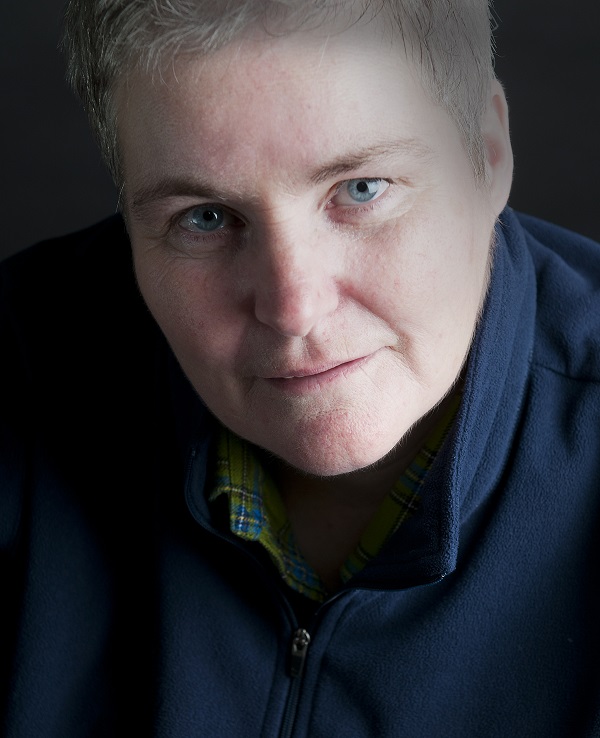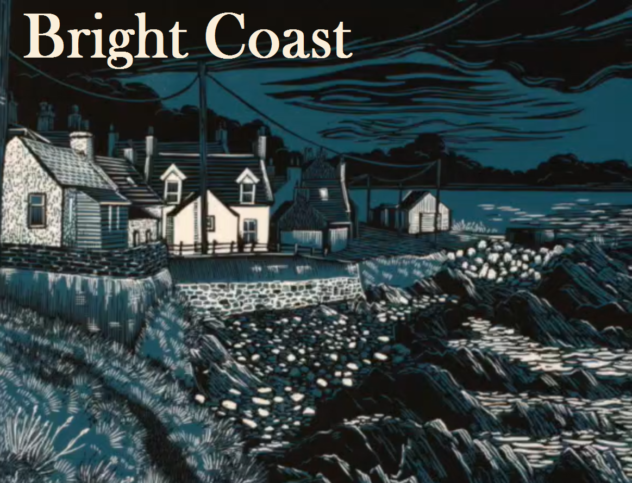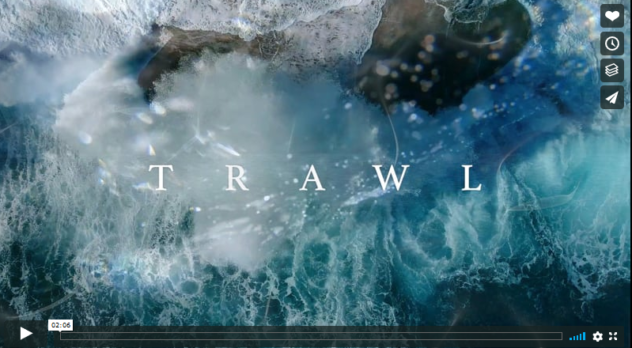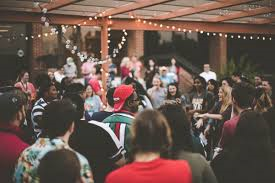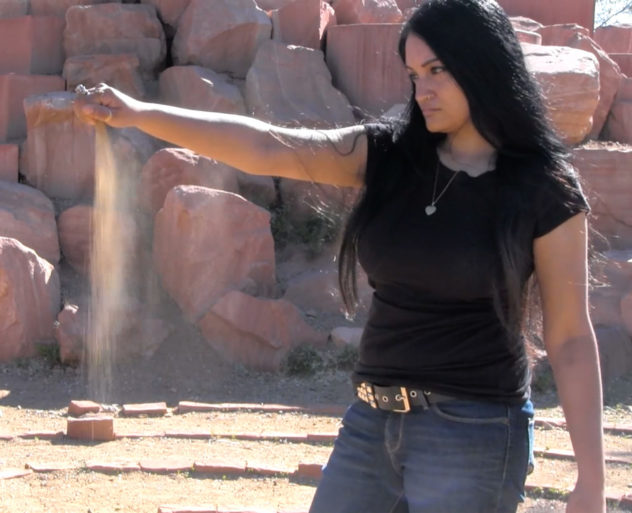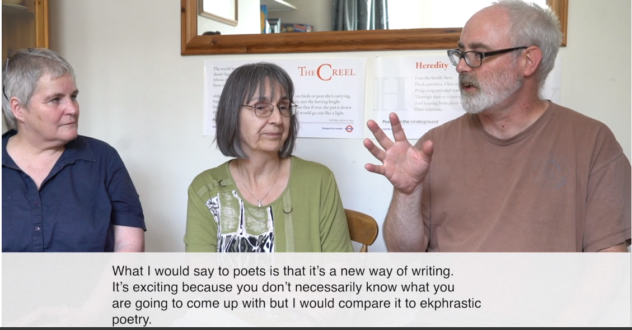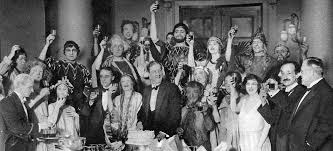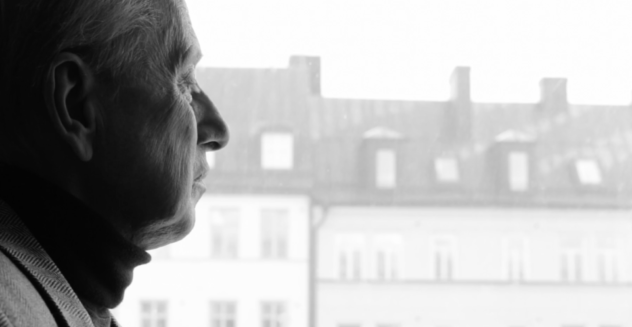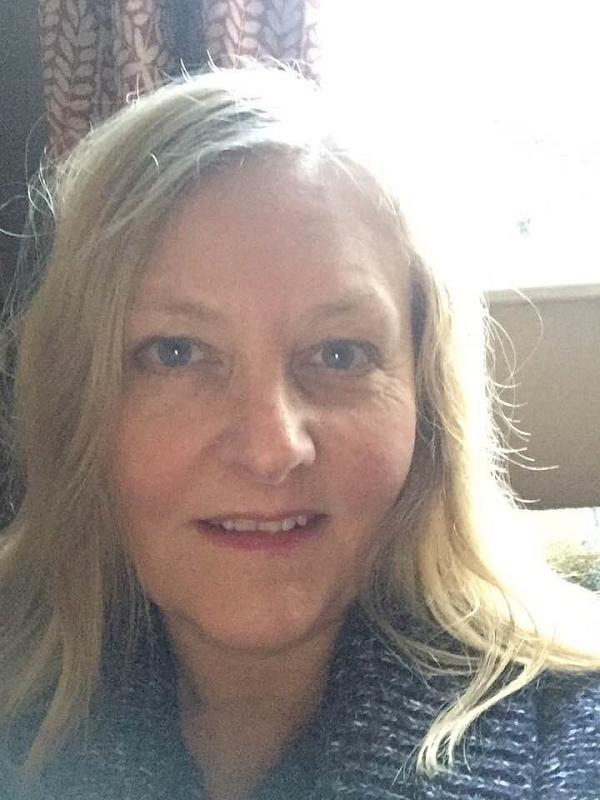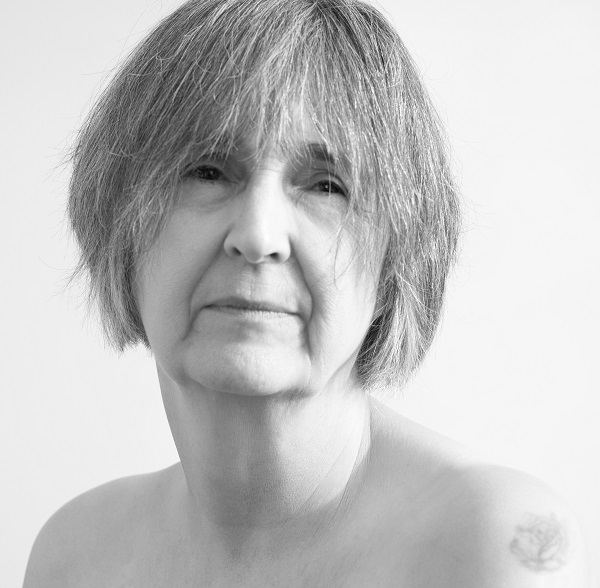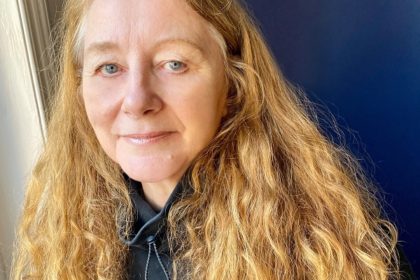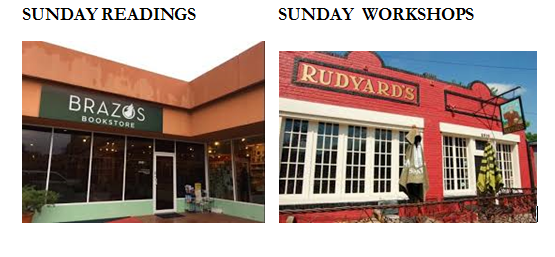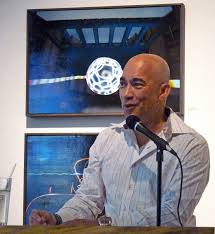 Poet and translator Cyrus Cassells was born in 1957 in Delaware and earned a BA from Stanford University. Cassells is the author of a number of collections of poetry, including the National Poetry Series winning The Mud Actor (1982),Soul Make a Path through Shouting (1994), which won the William Carlos Williams Prize and was nominated for the Pulitzer Prize, Beautiful Signor (1997), which won a Lambda Literary Award, More Than Peace and Cypresses (2004), and The Crossed-Out Swastika(2012). A book of his translations of the Catalan poet Francesc Parcerisas, Still Life With Children: Selected Poems of Francesc Parcerisas, is forthcoming.
Poet and translator Cyrus Cassells was born in 1957 in Delaware and earned a BA from Stanford University. Cassells is the author of a number of collections of poetry, including the National Poetry Series winning The Mud Actor (1982),Soul Make a Path through Shouting (1994), which won the William Carlos Williams Prize and was nominated for the Pulitzer Prize, Beautiful Signor (1997), which won a Lambda Literary Award, More Than Peace and Cypresses (2004), and The Crossed-Out Swastika(2012). A book of his translations of the Catalan poet Francesc Parcerisas, Still Life With Children: Selected Poems of Francesc Parcerisas, is forthcoming.
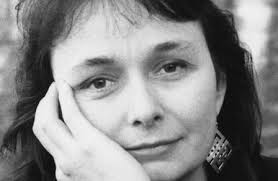 Ellen Hinsey was born in Boston, Massachusetts, and has lived in Europe for the last two decades. She earned a BFA from Tufts University and a graduate degree from Université de Paris VII. Hinsey’s books of poetry include Cities of Memory (1996), winner of the Yale University Series Award, The White Fire of Time (2002) and Update on the Descent, (2009) a finalist for the National Poetry Series. She also edited and translated The Junction: Selected Poems of Tomas Venclova (2008). Her memoir collaboration with Venclova, Magnetic North: Conversations with Tomas Venclova, will appear in English, German and Polish editions. Hinsey has translated The Secret Piano, by Zhu Xiao-Mei, an account of growing up under the Cultural Revolution (Amazon Crossing, 2012) and Wild Harmonies, by Hélène Grimaud (Riverhead/Penguin Books, 2005) Her poetry, essays and translations have appeared in The New York Times, The New Yorker, Die Welt, The Irish Times, The New England Review, The Paris Review and Poetry Review (UK) among other publications.
Ellen Hinsey was born in Boston, Massachusetts, and has lived in Europe for the last two decades. She earned a BFA from Tufts University and a graduate degree from Université de Paris VII. Hinsey’s books of poetry include Cities of Memory (1996), winner of the Yale University Series Award, The White Fire of Time (2002) and Update on the Descent, (2009) a finalist for the National Poetry Series. She also edited and translated The Junction: Selected Poems of Tomas Venclova (2008). Her memoir collaboration with Venclova, Magnetic North: Conversations with Tomas Venclova, will appear in English, German and Polish editions. Hinsey has translated The Secret Piano, by Zhu Xiao-Mei, an account of growing up under the Cultural Revolution (Amazon Crossing, 2012) and Wild Harmonies, by Hélène Grimaud (Riverhead/Penguin Books, 2005) Her poetry, essays and translations have appeared in The New York Times, The New Yorker, Die Welt, The Irish Times, The New England Review, The Paris Review and Poetry Review (UK) among other publications.
Cyrus Cassells on Ellen Hinsey’s “The White Fire of Time”
This month, as a way of greeting autumn’s arrival, fortified by moving and impactful work, poetry that matters, I’m sharing my all-out enthusiasm for Ellen Hinsey’s remarkable, exquisitely-wrought second book, The White Fire of Time. In the dozen years since the book’s publication,I have revisited it time and again, in profound wonder and admiration for the heartening beauty of its language, its intellectual and philosophical rigor, its impressive scope and grand design, as well as this accomplished poet’s unabashed willingness to tackle the great mysteries, to ponder the time-out-of-mind questions that we begin asking in childhood about our place in the world and the cosmos.
I consider Ellen Hinsey to be one of the most impressive poets of my generation, one whose assiduous attention to craft and memorable music fully matches the breadth of her far-reaching vision as a literary master-builder. Her last two utterly brilliant and distinctive books, Update on the Descent and The White Fire of Time, are part of an extraordinarily ambitious multi-book project that re-investigates the ancient link between poetry and philosophy.
As an enormous fan of Rilke, I must say I never expected to find authentic echoes of his supple voice, empathy, and spiritual questing in the work of an American contemporary, so it is with supreme enthusiasm that I endorse the work of Ellen Hinsey. Ms. Hinsey’s first book, Cities of Memory, was chosen by James Dickey for the prestigious Yale Younger Poets Series, and in his forward, Dickey states: “With her quiet and deep involvement in other places and tongues, her true-running imagination, Ellen Hinsey comes to rest in many ways and places. . . Though not native born to these, she is at the center of them just the same, by virtue and talent, one of the best kinds of human beings: the perceptive voyager, the sympathetic and vivid stranger.” Dickey also remarks on Hinsey’s kinship with Rilke, “but Ms. Hinsey’s empathy runs to cultures, their people and artifacts, rather than things of nature. Fountains, streets, trains—especially apt for her purposes—portraits—refugees, artists, and other survivors—are quietly, passionately felt, exactly limned, washed in clear grey.”
I find her second volume, The White Fire of Time, to be richly-cadenced, deeply mystical, and pensive, and her third volume, Update on the Descent, to be searing and compelling in its focus on violence, war, inhumanity, and justice. I consider these linked books “poetic events” rather than mere publications!
With her steady and dedicated focus on ethics, metaphysics, philosophy, and human rights, as well as the transformation of Central and Eastern Europe since the end of communism, Ms. Hinsey is very much a humanitarian and a literary ambassador for our times. Here are two one of my favorite Hinsey quotes, taken from an interview in Poetry magazine:
“If there is a special orientation to my work, it might be to recover for American poetry zones of thought and expression which have fallen into a sort of disuse. The last thirty years have seen certain developments in American poetry following the discoveries made by Lowell in Life Studies and in similar works. Yet this reflects only one part of the tradition of American poetry, or poetry in English. On the other hand, I am interested in how, in certain world poetry, the helix of individual experience, metaphysical contemplation and spiritual exploration has not been broken. For me, this is poetry’s essential matter.”
“No individual poem can stop a war–that’s what diplomacy is supposed to do. But poetry is an independent ambassador for conscience: it answers to no one, its crosses borders without a passport, and it speaks the truth. That’s why, despite talk about its marginalization, it is one of the most powerful of the arts.”
The sublime craft, power, and acuity of Ellen Hinsey’s second and third books are testament to the shrewdness of James Dickey’s choice of her as a Yale Younger Poet, for she is an authentic poetic genius. Her profound growth and progress as an artist have been triumphant.
Questions/Topics to Consider
- The musicality and sheer beauty of Hinsey’s language also serve to remind us that music, beauty, focused attention to line and cadence are among poetry’s most significant and potent tools; in contemporary American poetry, these tools often seem slighted or disregarded in favor of work that feels more informational, chatty, offhand, so my question is, as 21st century poets, why have we become leery of these tools that Hinsey espouses? In this often roughhouse world, are we afraid we’ll just prettify, even falsify things?
- One of the strengths of the book is its attention to evocative details, to the immense splendor and power of the natural world. Let’s talk about Hinsey as a poet of nature and keen description, a true heir to Elizabeth Bishop. How do landscapes, animals, and observed moments in the natural world become revealing mirrors for humanity’s emotions and desires.
- The original title of the book was Vita Contemplativa. In this in-a-rush, digital age, contemplation, reflection, and meditation might seem like luxuries, remnants of the Romantic era. Why might we be drawn to and still need contemplative ore metaphysical poetry?
- Why do you think contemporary poets keep returning to Adam and Eve, as well as other key biblical scenarios? How does Hinsey make Cain and Abel, the expulsion from Eden, Abraham’s attempted sacrifice of his son, etc.—the passed-down, familiar tales, fresh and pertinent?
- How does The White Fire of Time fit into the idea of “quest literature”?
By this I mean work that focuses on profound existential questions, on the human search for meaning and wholeness.
- How do you feel about this book as an “installment,” the first in a series of volumes: part of a grand plan? The second volume, Update on the Descent, was published in 2009. Will the reader miss out or be in the dark (like coming in midway through a mini series!) if they only read a single volume in the series?


